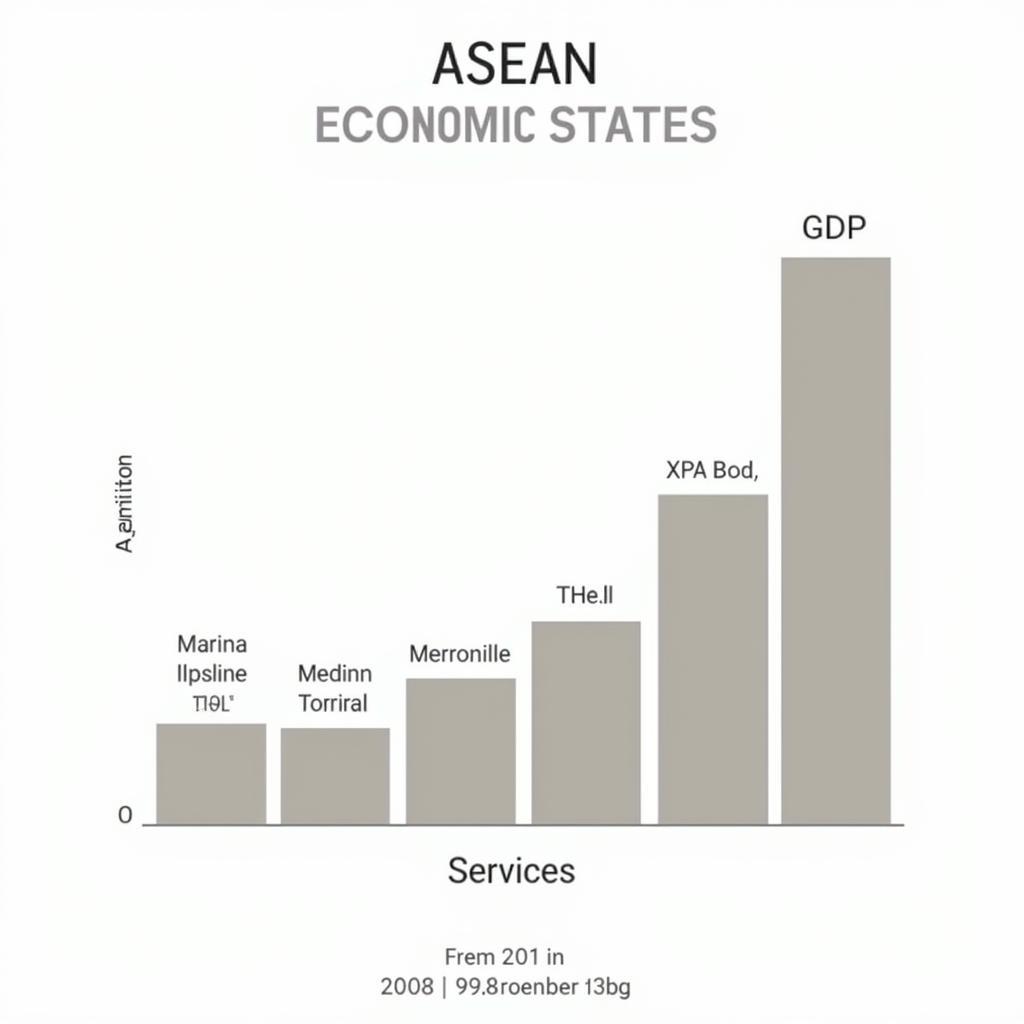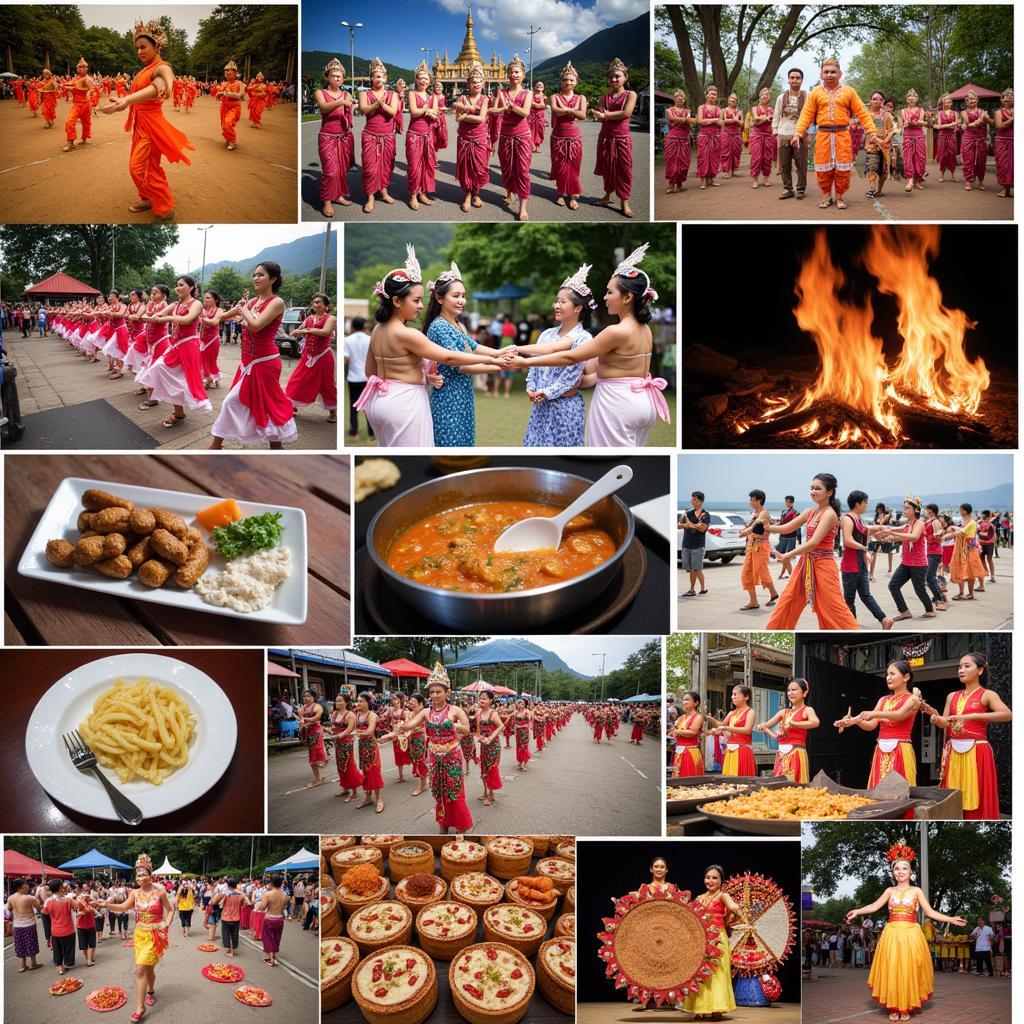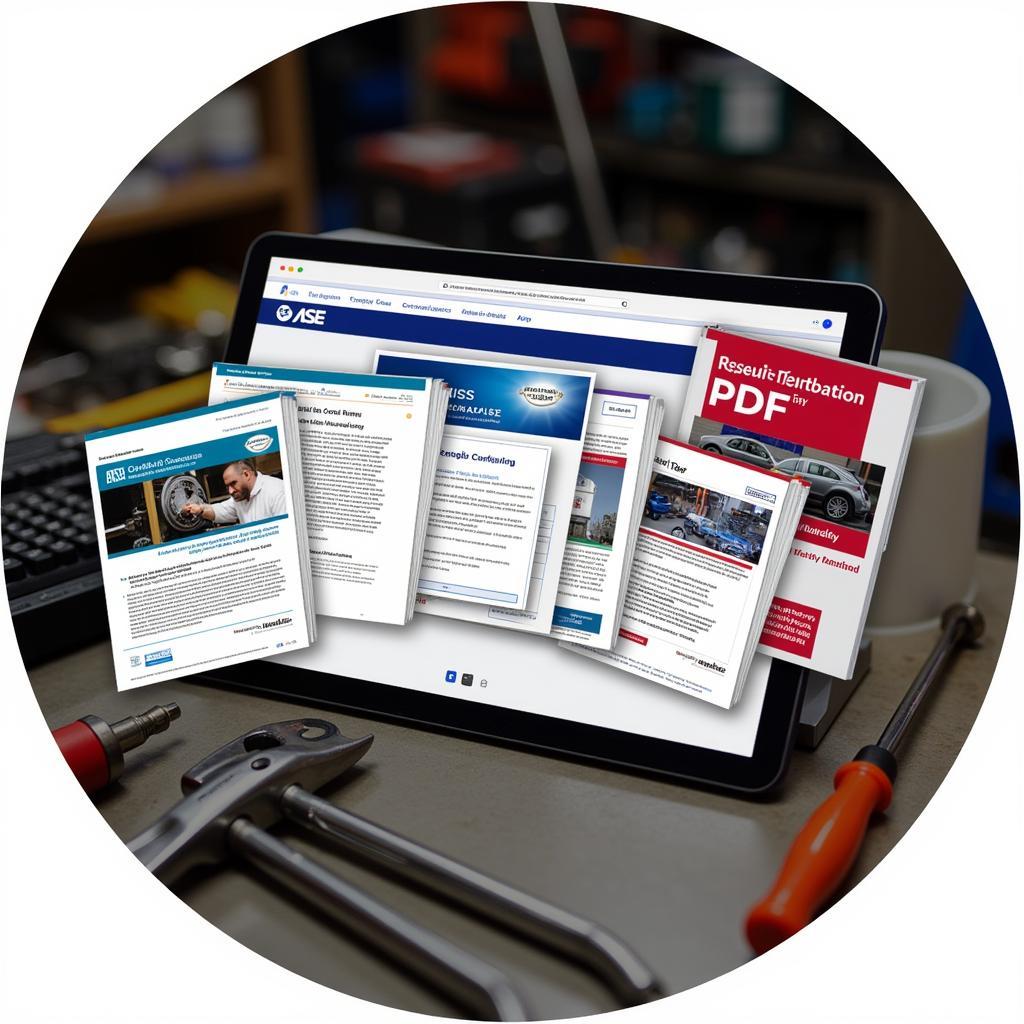ASEAN composition refers to the member states, their diverse cultures, economies, and political systems that make up this dynamic Southeast Asian bloc. Formed in 1967, ASEAN has evolved significantly, expanding its membership and strengthening regional cooperation. Understanding its composition is crucial to grasping the complexities and opportunities within this vibrant region.
ASEAN’s current composition includes ten member states: Brunei, Cambodia, Indonesia, Laos, Malaysia, Myanmar, the Philippines, Singapore, Thailand, and Vietnam. This diverse group represents a wide spectrum of political systems, economic development levels, and cultural traditions. From the bustling city-state of Singapore to the agrarian landscapes of Laos, the ASEAN composition reflects a rich tapestry of human experience. The bloc’s strength lies in its ability to foster collaboration and unity amidst this diversity.
Exploring the Diverse Makeup of ASEAN
ASEAN’s composition is far more than just a list of countries. It’s about the interplay of different cultures, economies, and political ideologies. This diversity, while presenting challenges, also creates immense potential for growth and development. Each member state brings unique strengths to the table, contributing to a dynamic regional landscape. Understanding these individual characteristics is key to unlocking the full potential of ASEAN. For example, Singapore’s advanced technological infrastructure complements Indonesia’s vast natural resources, creating opportunities for synergistic partnerships. Similarly, the cultural richness of countries like Thailand and Cambodia adds to the overall appeal of the region as a tourist destination. You can explore more about the ASE index composition.
Political Landscapes within ASEAN
The political systems within ASEAN are as varied as its cultures. From parliamentary democracies to constitutional monarchies and one-party states, the region showcases a diverse range of governance models. This political diversity requires a nuanced approach to regional cooperation, emphasizing consensus-building and respect for national sovereignty. While differences exist, the shared commitment to regional stability and prosperity serves as a unifying factor.
What are the primary political systems represented in ASEAN? They range from parliamentary democracies to constitutional monarchies and one-party states.
ASEAN’s composition necessitates a flexible and adaptable approach to regional governance. The organization operates on the principle of non-interference in the internal affairs of member states, allowing each country to chart its own political course.
Economic Diversity within ASEAN
ASEAN’s economic landscape is equally diverse. From resource-rich nations to manufacturing powerhouses and emerging economies, the region presents a dynamic mix of economic activities. This diversity creates opportunities for intra-regional trade and investment, fostering economic growth and development. Check out more information on ASEA liquid molecules.
What are the key economic sectors within ASEAN? They include agriculture, manufacturing, tourism, and increasingly, the digital economy.
 ASEAN Economic Diversity: A Blend of Sectors and Development Levels
ASEAN Economic Diversity: A Blend of Sectors and Development Levels
This blend of economies creates a dynamic environment for businesses and investors, offering a wide range of opportunities. The ASEAN Economic Community (AEC) aims to further integrate the regional economy, facilitating the free flow of goods, services, investment, and skilled labor.
The Cultural Tapestry of ASEAN
ASEAN’s cultural diversity is perhaps its most defining characteristic. A melting pot of languages, religions, traditions, and artistic expressions, the region offers a rich and vibrant cultural experience. This cultural richness is a significant asset, attracting tourists and fostering cross-cultural understanding. Learn more about how to ASE visualize this diversity.
What are some of the major cultural influences in ASEAN? Influences include Buddhism, Hinduism, Islam, Christianity, and indigenous belief systems, shaping the region’s unique cultural tapestry.
 ASEAN Cultural Tapestry: A Blend of Traditions and Influences
ASEAN Cultural Tapestry: A Blend of Traditions and Influences
This cultural diversity is not only a source of pride but also a driver of innovation and creativity. The exchange of ideas and artistic expressions enriches the cultural landscape and contributes to a more vibrant and interconnected region. You might be interested in learning about the 2018 S ASE no mintage limit.
Conclusion: Embracing the Complexity of ASEAN Composition
Understanding ASEAN composition is essential for navigating the complexities and opportunities of this dynamic region. Its diverse mix of cultures, economies, and political systems presents both challenges and immense potential. By embracing this diversity and fostering collaboration, ASEAN can continue to thrive as a regional powerhouse. The future of ASEAN lies in its ability to leverage its diverse composition to achieve common goals and create a more prosperous and interconnected Southeast Asia. Discover if ASEA virker det (does ASEA work).
FAQ
- How many countries are in ASEAN?
- What are the main goals of ASEAN?
- What is the ASEAN Economic Community (AEC)?
- How does ASEAN promote cultural exchange?
- What are the challenges facing ASEAN?
- What are the benefits of ASEAN membership?
- How can I learn more about ASEAN?
More questions to consider:
- What are the future prospects for ASEAN integration?
- How does ASEAN address regional security challenges?
- What role does ASEAN play in global affairs?
Related Articles:
- ASEAN Economic Outlook
- ASEAN Cultural Heritage
- ASEAN Political Dynamics
Need support? Contact us 24/7:
Phone: 0369020373
Email: [email protected]
Address: Thon Ngoc Lien, Hiep Hoa, Bac Giang, Vietnam.

